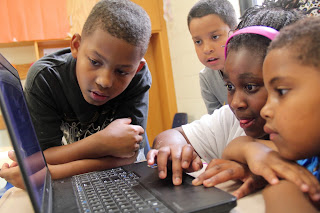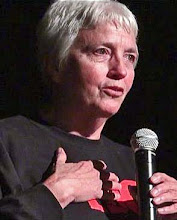(I read a column in the Naples Herald and have submitted this response to them. DDN)
Kudos to Gary Levine and the Naples Herald for a thoughtful examination of the oft-ignored issue of homelessness (8/17/15). Mr. Levine points out the crux of this nation’s inability to address the issue of millions of people without an address: the “disconcerting…confusing” data that obscures, even distorts, the scope of homelessness in the richest country in the history of the world.
Mr. Levine includes references to homeless families. That’s far more than data collectors from the U.S. Department of Housing and Human Development (HUD) do. Their numbers exclude up to 80% of the homeless population, including millions of children and youth, in families and on their own. HUD’s arcane methods to count homeless people for their report to Congress, and the media’s lack of scrutiny of this complex issue, lies at the heart of our nation’s failed efforts to end homelessness.
Congress, media and the general public don’t seem to comprehend that homelessness goes far beyond the grizzled guy on the streets. Families, youth and adults lose housing and desperately seek places to stay—including doubling up with friends, relatives or acquaintances; renting rooms in seedy motels; camping in the backwoods or the cheapest campgrounds they can find; sneaking into abandoned buildings; and sleeping in the ubiquitous Walmart parking lots.
They don’t appear homeless—and often don’t think they’re homeless. “Having hard times…,” the reality of an appalling and growing number of impoverished Americans, includes losing your place to live and having nowhere to go. The emergency shelter “safety net” doesn’t exist, barely accommodating a minuscule percentage of the homeless population, particularly families and youth. Subsidized housing is more of a myth than reality.
In the past 10 years since I’ve been traveling backroads to give voice and visibility to homeless children and youth, the sole focus of HEAR US Inc., my nonprofit, I’ve been utterly dismayed at the pervasive nature of family and youth homelessness.
My 15 years of running homeless shelters in Illinois didn’t prepare me for what I would see. My travels to my former homeland of Florida and all 48 contiguous states, speaking with those working with families and youth as well as those experiencing homelessness (3-min YouTube) shocked me with the vastly undercounted scope of homelessness.
My anecdotal observations might not mean much, but statistics do tell a story far worse than what HUD reports. The U.S. Department of Education, because of the McKinney-Vento Homeless Education Act, requires each district to report the actual number of homeless students showing up at school doors. Ten years ago, over 600,000 students were identified as experiencing homelessness. For the 2014-15 school year, the number has more than doubled, to 1,360,747.
That number doesn’t include younger/older siblings, parents or other house-less household members. Part of the difference is the narrow definition HUD uses contrasting the more realistic Dept. of Ed definition. Fixing this discrepancy is currently being considered by Congress, bipartisan legislation called the Homeless Children and Youth Act. (For more info, and to contact your member of Congress to get HUD to expand their definition, www.helphomelesskidsnow.org.)
To be sure, gallant efforts and sizable resources are being directed at homelessness. Collier County has several agencies doing their utmost to assist families, youth and adults without homes. My time in your community convinced me of 2 things: many compassionate people are doing their best to help their brothers and sisters without homes, and the problem is far greater than resources available.
I’m not a data gal, but I recoil at HUD’s maneuvering stats to essentially dismiss millions of kids and adults experiencing homelessness. I urge people to contact your congressional delegation and ask them to support the Homeless Children and Youth Act. And I encourage participation and support of local efforts to help homeless families, youth and adults. If you’re curious about this issue, my HEAR US website (www.hearus.us) suggests ways to inspire a compassion epidemic, the first step to really ending homelessness.








